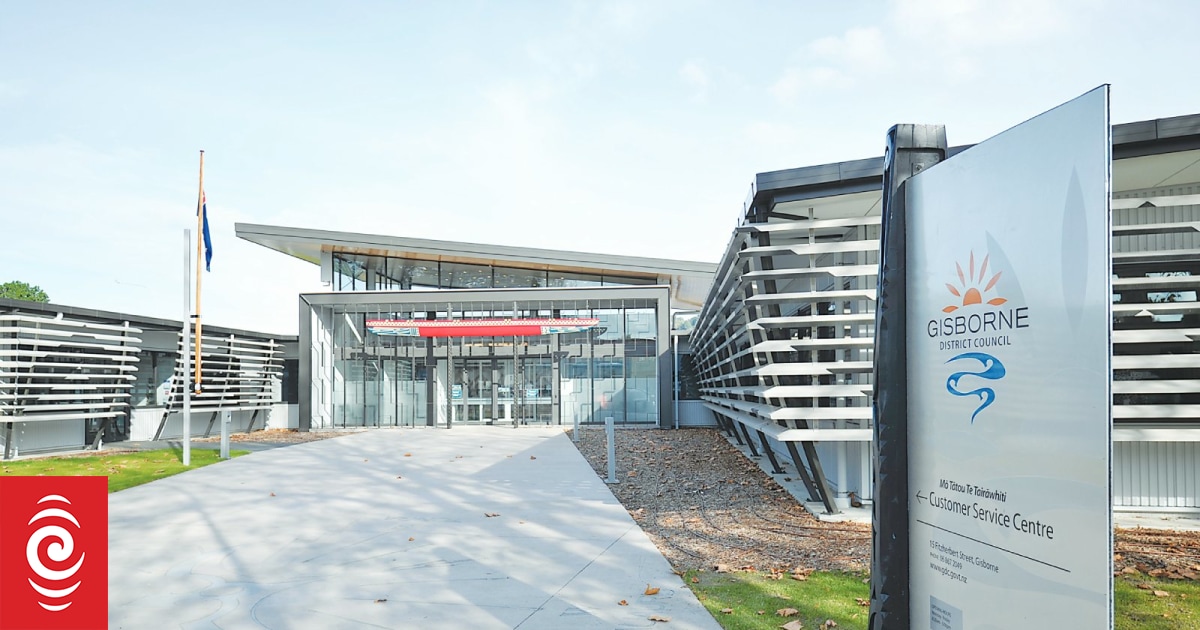Gisborne District Council has ruled out testing for contaminants in industrial areas, as has occurred down the road in Napier.
Photo: Liam Clayton / LDR
Gisborne District Council will not be following Napier’s example of testing floodwater in high-industry areas for contaminants following Cyclone Gabrielle.
On Tuesday, Napier District Council revealed it was working with industry to resolve contamination at the industrial zone in Awatoto.
That area – located south of Napier city – was hit hard by flooding, leaving behind water which contained biological and chemical contaminants from nearby industry.
picture id=”4LMI5FZ_Alternative_LDR_logo_PNG” crop=”original” layout=”half”]no metadata
Asked if similar tests would be undertaken in Gisborne, council chief of strategy and science Joanna Noble said the industrial subdivision in the city was not as heavily impacted by flooding as Napier was.
As a result, the council had decided not to undertake any tests.
“Our industrial subdivision in Gisborne is also to a much smaller scale and type than it is in Napier,” Noble said.
On Tuesday, Napier City Council met with Awatoto business leaders affected by the testing results.
It said 20 businesses in the area had been affected, and had put a cordon in place around the industrial area, manned by security guards.
Preliminary testing revealed traces of acids, caustic agents, significant biological hazards, high ammonia pockets, hydrocarbons, sulphuric dioxide, insecticides, pesticides and other hazards, Napier District Council said.
The residential area in Awatoto has been assessed and the public health risks from exposure to chemical contamination of the land are likely to be low for Awatoto’s residential residents, Napier City Council said.
Residents are advised to take standard precautions including mask-wearing, glove-wearing and handwashing.
Local Democracy Reporting is Public Interest Journalism funded through NZ On Air.





















Discussion about this post